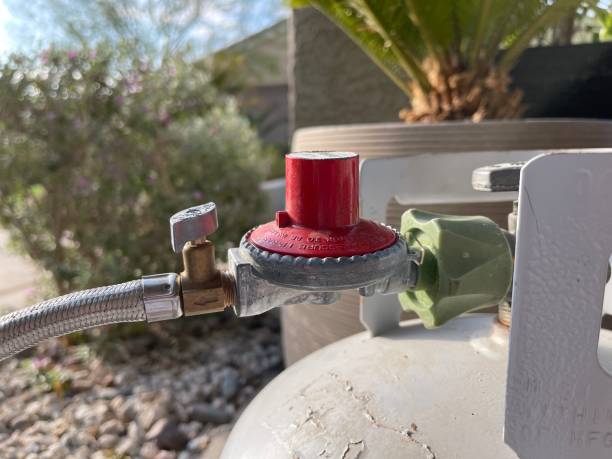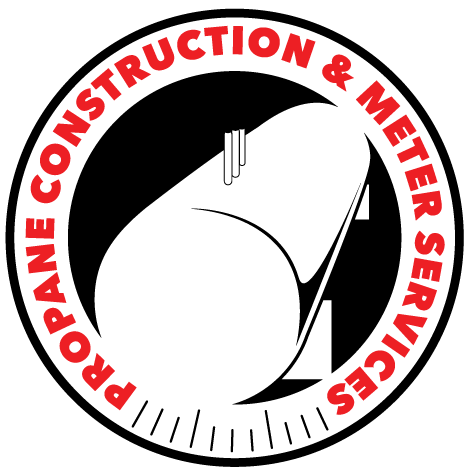Leading the Charge in Clean Energy: The Rise of Renewable Propane

As the world shifts its focus towards sustainable and eco-friendly energy sources, exploring alternatives that can significantly reduce carbon emissions and promote a greener future is essential. Let’s take a look at the promising rise of renewable propane and how it aligns with one’s commitment to environmental responsibility.
Renewable Propane: A Sustainable Solution
A substantial portion of propane used in the United States is derived from natural gas processing and crude oil refining, both of which are not considered environmentally friendly processes. However, the landscape is changing with the emergence of renewable propane. Renewable propane shares many similarities with conventional propane but has a significantly lower carbon footprint.
Renewable propane is often a byproduct of producing renewable diesel and sustainable aviation fuels (SAFs). These innovative fuels are primarily sourced from plant and vegetable oils, animal fats, and used cooking oil, making them sustainable choices for a cleaner planet.
Renewable Propane’s Environmental Advantages
One way to gauge the environmental impact of a fuel is through its carbon intensity (CI) score. CI measures the grams of carbon dioxide equivalent per megajoule of energy (gCO2e/MJ) a power provides. It accounts for greenhouse gas (GHG) emissions across the entire fuel lifecycle, from production to consumption.
When comparing CI scores, renewable propane stands out. While conventional propane typically has a CI of around 79, renewable propane boasts a substantially lower CI. Depending on the feedstock used, it can range from seven to 20.5. This places renewable propane at a considerable advantage over traditional fuels.
Remarkably, conventional and renewable propane fare favorably compared to the U.S. power grid’s average CI, which stands at approximately 130. This underscores the environmental benefits of adopting renewable propane as a clean energy source.
Growing Awareness and Adoption
Renewable propane’s potential is gaining recognition in California, a leader in greenhouse gas reduction efforts, as well as in other regions and countries. Initiatives such as the Pacific Coast Collaborative, uniting California, Oregon, Washington, and British Columbia, aim to create integrated markets for low-carbon fuels. These collaborative efforts enhance investor confidence and contribute to adopting low-carbon alternative fuels.
Additionally, interest in renewable propane is rising in the northeastern United States. Recent deliveries of renewable propane in Massachusetts and Vermont have been met with enthusiasm. Consumers are willing to invest slightly more in this eco-friendly option, driven by the knowledge that they contribute to a cleaner planet.
The Propane Education & Research Council (PERC) is witnessing this growing demand for renewable propane, with blends ranging from 12% to 20% alongside conventional propane. The versatility of propane production allows for the creation of custom blends to suit various needs, further promoting the adoption of renewable propane.
A Sustainable Future
Renewable propane represents a significant step towards a cleaner and more sustainable energy landscape. Its lower carbon intensity, environmental advantages, and increasing adoption demonstrate its potential to be pivotal in our journey toward a greener, more sustainable future.
















